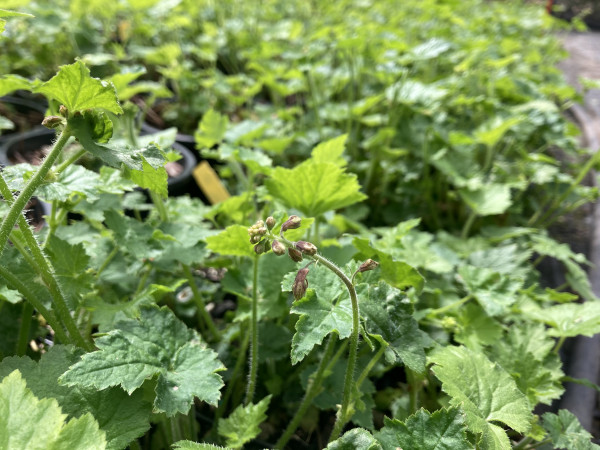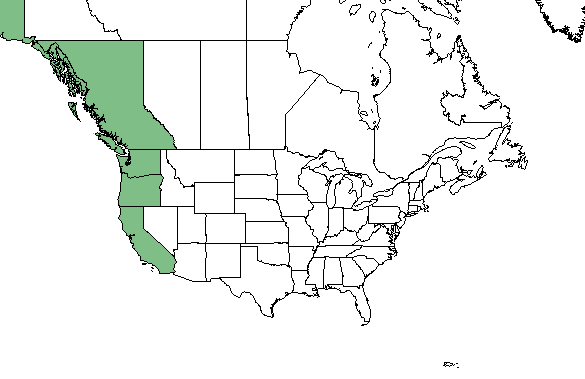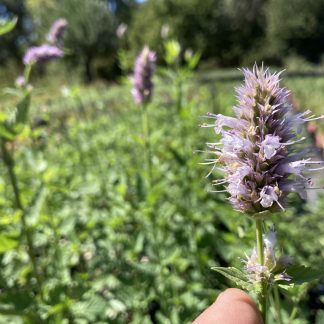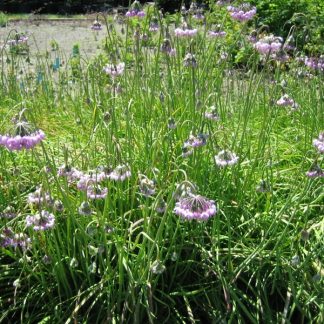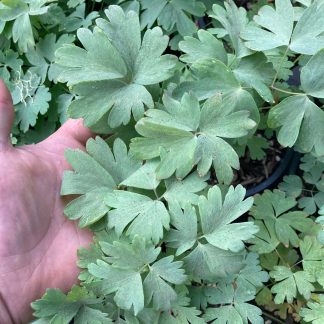Tolmiea menziesii
youth-on-age
Habit: a popular house-plant choice, this perennial has charming foliage and spreads from creeping rhizomes. Its leaves are mostly basal and grow on long, hairy leafstalks. Leaf blades are broadly heart-shaped, bearing 5-7 shallow lobes and coarsely toothed margins. Flowering stems are hairy and glandular and grow to 30 inches tall. From late spring to late summer, the plant produces racemes with clusters of purplish or maroon flowers. Each blossom has 5 long, thread-like petals, and 5 greenish-purple sepals. Fruits are slender capsules with numerous spiny, brown seeds. In the fall, small vegetative buds tucked right at the base of the leaf blades, become tiny leaves, and raise above the mature foliage. If detached and pushed into the soil, the young leaves propagate to form new plants.
Ecology: it grows near streams, seepage areas, and in moist forests, glades and disturbed sites, frequently at low to mid-elevations. It is native from Alaska and south through the Pacific Northwest.
Growing conditions: enjoys full to partial shade, and moist, humus-rich soils. It is evergreen in climates with mild winters. Youth-on-age can be grown as a lush ground cover, or more commonly, as an indoors ornamental. It looks delightful in a hanging basket or in a big patio container.
Tolmiea menziesii is also known by the common names “pig-a-back” and “thousand mothers” because the little leaf buds growing right above mature leaves, make it seem like each leaf is carrying a second, younger one. The scientific name of the genus and species were chosen in honor of botanists William Fraser Tolmie and Archibald Menzies, respectively. Both made important contributions to the early exploration of the Pacific Northwest.
Specs
Herbaceous Perennial
1.3-2.5 (40-80 cm)
1-2.5 feet (30-80 cm)
5b to 9b

